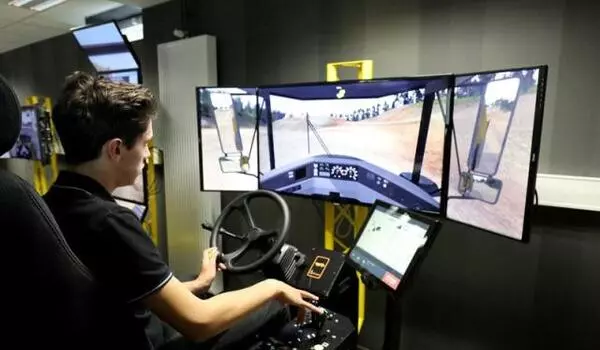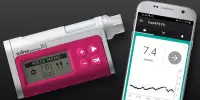It is promising to hear that a simulated driving program has shown to reduce crash risk for teens with ADHD in a small study. This is a great example of how technology can be used to improve safety and address the specific needs for individuals with ADHD. However, it is important to keep in mind that this was a small study, and more research is needed to determine the effectiveness of this approach on a larger scale. Additionally, it is important to ensure that the program is accessible and affordable for those who may benefit from it.
According to a small study funded by the National Institutes of Health, a program that combines computer-based and driving simulator training may reduce the proportion of crashes and near crashes among teens with attention-deficit/hyperactivity disorder (ADHD). Teens who participated in the training, which aims to reduce the number of long glances away from the road, had a nearly 40% lower risk of a crash or near-crash compared to a similar group who did not.
The study was conducted by Jeffery N. Epstein, Ph.D., of Cincinnati Children’s Hospital Medical Center, and colleagues. It appears in the New England Journal of Medicine. Funding was provided by NIH’s Eunice Kennedy Shriver National Institute of Child Health and Human Development and the National Center for Advancing Translational Sciences.
Focused Concentration and Attention Learning (FOCAL) is a computer-based simulation that teaches neurotypical teen drivers to limit long glances away from the road. The researchers enhanced this training for the study by including a driving simulator that provides immediate feedback on long glances, naming the combined training FOCAL+.
ADHD is defined as a persistent pattern of inattention, hyperactivity, and impulsivity that interferes with functioning or development. Teen drivers are four times more likely to be in a crash than adult drivers, and teens with ADHD are twice as likely as neurotypical teens to be in a crash. A significant contributor to this increased crash risk is the tendency of teen drivers, particularly those with ADHD, to take their eyes off the road for extended periods of time when distracted. The driving simulation program teaches teens to pay attention to distractions with brief glances rather than longer glances.
Focused Concentration and Attention Learning (FOCAL) is a computer-based simulation that teaches neurotypical teen drivers to limit long glances away from the road. The researchers enhanced this training for the study by including a driving simulator that provides immediate feedback on long glances, naming the combined training FOCAL+.
The study included 152 teenagers in total. The 76 teens who received FOCAL+ training took part in five sessions of driving simulator training using both a computer and a console. Teens were shown a horizontally split screen during computer training. The top half of the screen showed a driver’s perspective of a road, while the bottom half showed a map.

Participants were shown a street name and told to depress the spacebar and identify the street on the map. When the spacebar was pressed, the map filled the screen and the roadway was no longer visible. Pressing the spacebar a second time restored the map. Toggling between the two represented multitasking while driving. When the map-only screen was displayed for more than three seconds, an alarm sounded. In a subsequent trial, the alarm sounded after two seconds.
Participants in the subsequent driving simulator training sat in front of a console with a steering wheel and pedals and drove on a simulated roadway. Participants wore glasses that tracked their eye and head movements. They had to identify the number of random symbols on the dashboard during simulated driving. An alarm went off if they looked away from the road for more than two seconds. Participants who received a low score were required to repeat the simulated drives until their score improved.
The 76 youth in the control group went through a computer-based driver safety training program before performing street and symbol searches without an alarm in the driving simulator.
One month after completing the program, both groups were evaluated in the driving simulator. The FOCAL+ group had 16.52 long glances (more than 2 seconds) on average, while the control group had 28.05 long glances. The FOCAL+ group had 15.7 long glances six months after training, while the control group had 27 long glances.
Following training, participants’ vehicles were outfitted with cameras mounted in the rearview mirror. One camera was aimed at the driver, while the other was aimed at the road. Over the course of a year, the FOCAL+ group had 76% fewer long glances than the control group. In addition, the rate of crashes and near crashes in the FOCAL+ group was 3.4%, compared to 5.6% for the control group, amounting to nearly a 40% reduction in crashes and near-crashes among the FOCAL+ group.
















